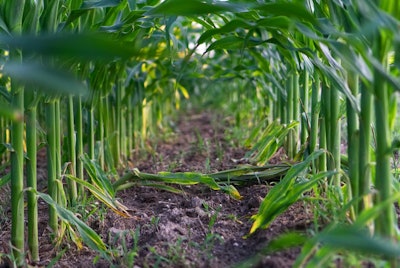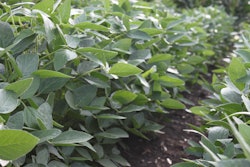
Reuters USDA’s Acres Report Poll: Corn Acres Sharply Lower, Soybeans Softer
A Reuters poll for the upcoming USDA-NASS’s June Acres Report on Friday, June 28 shows an estimated 3.138 million decline in planted corn acres from the June WASDE while soybeans are estimated to decline by 300,000 acres.
The USDA’s June Acres report provides the market with guidance about aggregate U.S. row crop planted acres. The report compliments the USDA’s March Prospective Plantings Report.
The estimated 3.138 million acres decline from the June WASDE’s 89.129 million planted acres would be the largest reported June to July decline on record.
The estimated 245,000 acres decline in soybeans to 84.355 million acres would be the first time since 2011 that planted soybean acres have declined.
The USDA will adopt the reported June planted acres number in the July WASDE.
What It Means for the U.S. Farmer: At FBN we believe that a decline of 3.138 million planted corn acres from the June WASDE would be a material adjustment and could be supportive to the market. We believe that the soybean number could be more neutral. Regardless of the planted acres numbers, we look to the July WASDE to see how the USDA will adjust the demand side of the equation and the impacts on the carryouts.
Argentina Increases Planted Wheat Acres
Positive rainfall is helping Argentine farmers increase the planted wheat acres. Argentina is expected to plant 6.5 million hectares of wheat in the 2019/20 season up from 6.46 million hectares in a previous report.
The Rosario grains exchange estimates that Argentina could harvest a record 22 MMT of wheat in the 2019/20 crop year up from 19.5 MMT in 2018/19.
Heavy rains in eastern Argentina during June have caused some delays in wheat sowing. However, the storms should end up being a new positive for the wheat producers as soil moisture levels have been recharged.
Argentina's 2018/19 corn crop was seen at 57 million tonnes versus a previous forecast of 56 million tonnes, the report said.
What It Means for the U.S. Farmer: At FBN we believe that increasing planted wheat acres in Argentina can be a negative for the U.S. hard and soft wheat producers as increased global supplies have the ability to slow demand for U.S. wheat. While there is still a long time to make the Argentina wheat crop, absent a global supply shock, we believe that U.S. wheat will remain the “residual supplier to the world."
The risk of trading futures, hedging, and speculating can be substantial. FBN BR LLC (NFA ID: 0508695)










